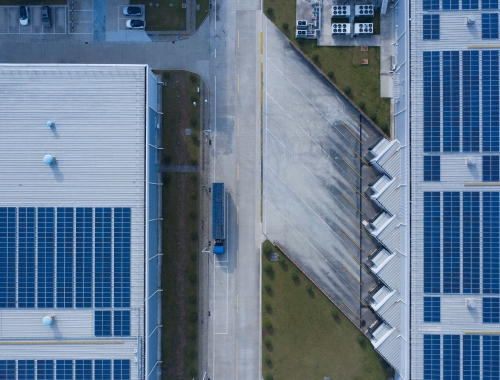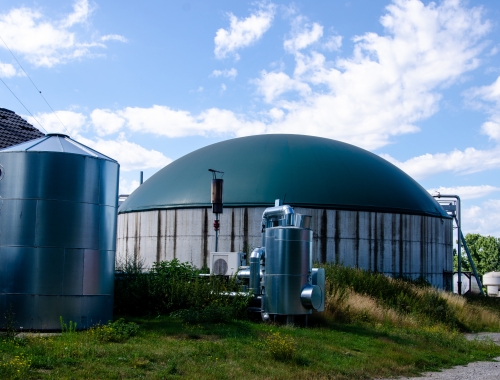Jemena, Optimal partner to develop biomethane plants in NSW
SUMMARY
Optimal Renewable Gas will identify suitable locations in regional NSW, focusing on areas with abundant agricultural and other waste sources capable of producing up to 1.5 petajoules of biomethane annually.
By Shardul SharmaJemena, a leading Australian infrastructure company, and Optimal Renewable Gas (ORG), a renewable gas producer, have signed a memorandum of understanding (MoU) to develop three biomethane plants in New South Wales (NSW), Jemena said on November 30.
ORG will identify suitable locations in regional NSW, focusing on areas with abundant agricultural and other waste sources capable of producing up to 1.5 petajoules of biomethane annually. Jemena will undertake feasibility studies and prepare the infrastructure necessary for injecting biomethane into the existing NSW gas distribution network.
“We have started assessing projects in NSW to produce biomethane to inject into the gas network. Based on our work to date, we could potentially be looking at somewhere closer to 2-4 petajoules per annum,” Optimal managing director, Mike Davis, said.
ORG aims to significantly increase its production capacity by having ten grid-scale plants operational or under development across Australia by 2030.
Biomethane is a renewable gas created by processing biogas which is generated from decomposing organic waste. It is completely interchangeable with natural gas and is, therefore, compatible with all existing gas network infrastructure, gas appliances used in homes and businesses today, and in industrial manufacturing processes.
“It’s our view that biomethane offers a here-and-now way to help Australia reduce emissions,” Jemena’s acting managing director, David Gillespie, said. “Transitioning the energy system so it meets Australia’s net-zero emission targets is a massive undertaking, and we need to be looking at all available options.”
Research commissioned by Jemena has identified potential sources of biomethane – agricultural waste, waste water and landfills – in the vicinity of its NSW network that could produce up to 30 petajoules of biomethane annually.








